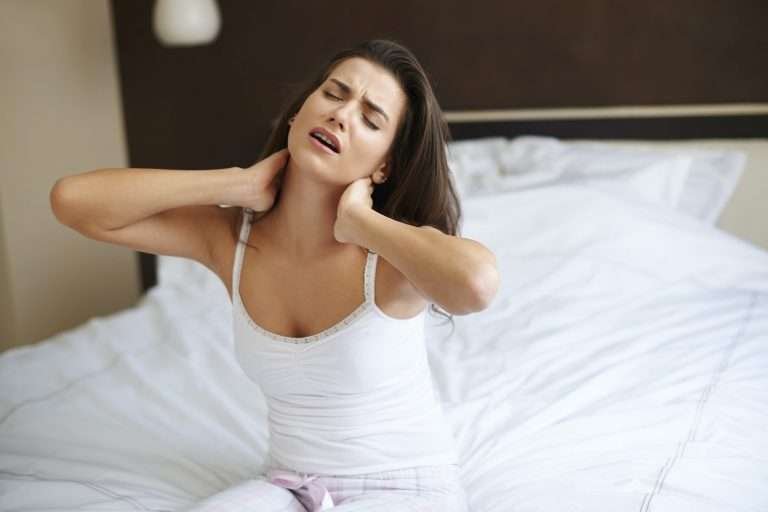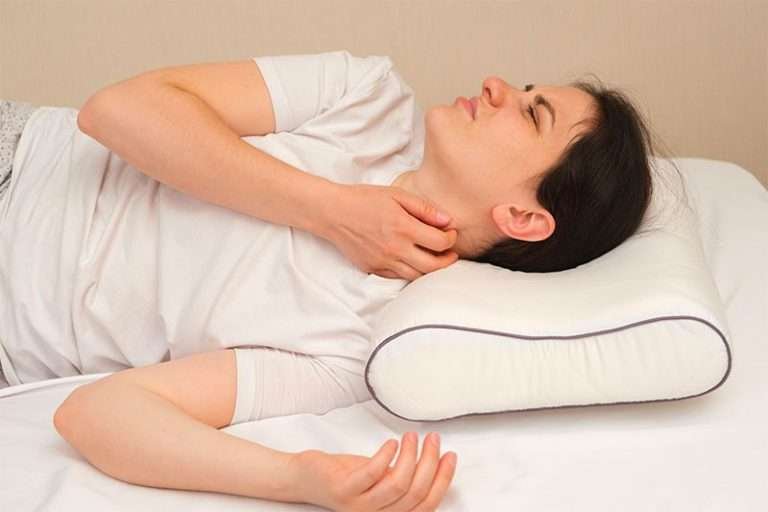Do you regularly suffer headaches after exercising? While these headaches can be pretty painful, the reasons you get them are usually not life-threatening. These headaches are generally caused by what is known as “benign” headache causes, which means that although they are painful, they are not a sign anything is wrong with you. However, in rare instances, headaches brought on by exertion may have serious underlying causes. If you are concerned your exertion-triggered headache is more than just a passing thing, make an appointment to see your doctor.
Effort Migraines
Those who exercise frequently and are also active in sports may suffer what is referred to as an effort migraine. This effort-triggered type of headache usually lasts between four and six hours. Those who suffer from effort-triggered migraines are typically familiar with migraine pain as well as the warning signs that indicate a migraine is coming on.
It is believed that the increase in body temperature associated with intense activity is responsible for bringing on an effort-triggered migraine. This is because an elevated body temperature can dilate the blood vessels in the brain. These enlarged blood vessels press on their surrounding nerves, causing headache pain.
The best way to prevent an effort migraine is to keep from getting one to begin with. Prevention can be as easy as taking a dose of a non-steroidal anti-inflammatory (NSAID) medication like ibuprofen or naproxen before exercising. Another way to prevent these headaches is to avoid getting overly hot during exercising by taking several cool-down breaks. If you still get a migraine despite these preventative measures, NSAIDs are still the best way to treat them.
Exertional Headaches
A different type of exercise-triggered headache is called an exertional headache. These headaches affect only one in 100 people. This pain is believed to result from an increase in blood pressure and the subsequent increased pressure in the brain’s blood vessels. The main symptom of this headache is intense throbbing in the back of the head (similar to occipital neuralgia) that comes on quickly. These exertional headaches can last for over six hours. During this time, the headache will likely fade to a dull ache. The pain of an exercise headache can be quickly relieved using over-the-counter pain relievers.
Benign Coital Headaches
A benign coital headache is an exertional headache that generally strikes during or shortly after sexual intercourse. Because of the nature of this headache, people who experience these headaches usually go without treatment because they are too embarrassed to discuss their symptoms with their doctor.
Some may experience a severe and intense headache during sex in rare cases. It is unusual if you experience this type of headache and need to be treated as an emergency case.
Cervicogenic Headache
A cervicogenic headache is another type of migraine linked to exercise or strenuous exercise. Instead of being caused by increased blood pressure or temperature, this type of headache is caused by disorders in the cervical spine. Symptoms of a cervicogenic headache usually include blurred vision. The cause of the headache pain can be traced to the muscles, joints, or nerves. While pain killers may help the pain temporarily, you must treat the underlying neck problems to keep these headaches from occurring.
Signs that You Should Consult Your Doctor
While most exercise-related headaches are not serious, some can signal a health problem. If you should happen to suffer any of the following symptoms, you should see your doctor for a checkup:
- A headache that starts suddenly for no apparent cause
- A headache that gets worse over several days
- Any recent head injury
- A type of headache pain that you never experienced before
- A headache with symptoms that you are not familiar with
- Constant pain on one side of the head
- Waking up either at night or in the morning with pain
- A stiff neck
- Numbness or tingling in any part of your body
Conclusion
As you can see, there are different headaches triggered by exercise or physical exertion. These headaches are generally linked to a rise in body temperature or increased blood pressure; they are usually not serious. However, some of these exertional headaches can be caused by a neck problem or an underlying physical problem. Just in case, it is always a good idea to see your doctor to make sure a serious condition does not cause your headache.




